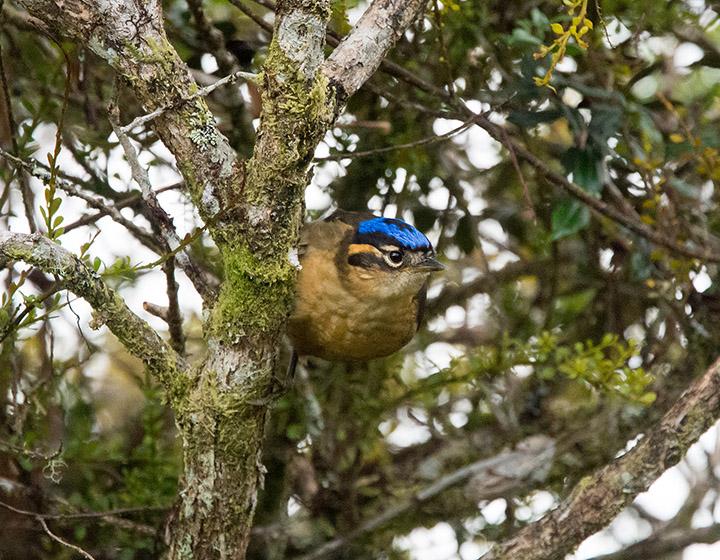Jose Ramon
Well-known member
Hi all,
we area planning a tour to PNG in the first half of July 2023.
The "core" of the tour will be a few days at Kumul Lodge in Mount Hagen (maybe one night in Rondon Ridge Lodge) and a few more days near Port Moresby (Pacific Adventist University, Varirata National Park,...).
Our main goal will be to try to see all the endemic families of PNG but of course as many birds as possible at the same time.
Of course, anybody is free to arrive in advance or depart later and visit other areas or stay longer in the ones that we will visit.
Probably, two of us will fly through Singapore and we will stop there for a few days in order to visit Southern Malaysia and try to look for the Rail Babbler and many other birds in Taman Negara N.P.
Dates to be determined depending on the flights but inside the first half of July 2023.
If you are interested, please send me a DM as soon as possible.
Regards,
we area planning a tour to PNG in the first half of July 2023.
The "core" of the tour will be a few days at Kumul Lodge in Mount Hagen (maybe one night in Rondon Ridge Lodge) and a few more days near Port Moresby (Pacific Adventist University, Varirata National Park,...).
Our main goal will be to try to see all the endemic families of PNG but of course as many birds as possible at the same time.
Of course, anybody is free to arrive in advance or depart later and visit other areas or stay longer in the ones that we will visit.
Probably, two of us will fly through Singapore and we will stop there for a few days in order to visit Southern Malaysia and try to look for the Rail Babbler and many other birds in Taman Negara N.P.
Dates to be determined depending on the flights but inside the first half of July 2023.
If you are interested, please send me a DM as soon as possible.
Regards,






